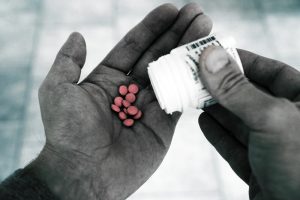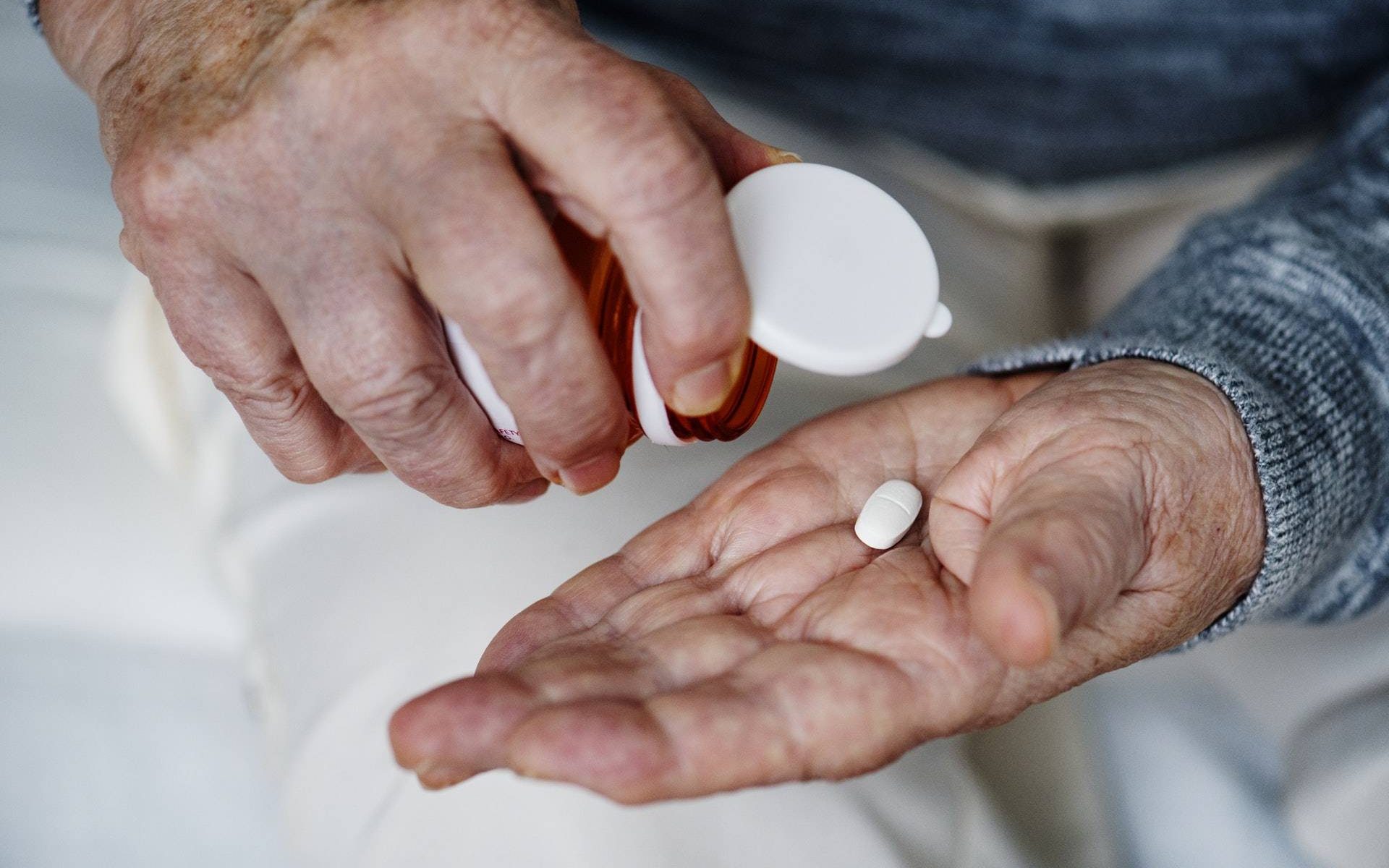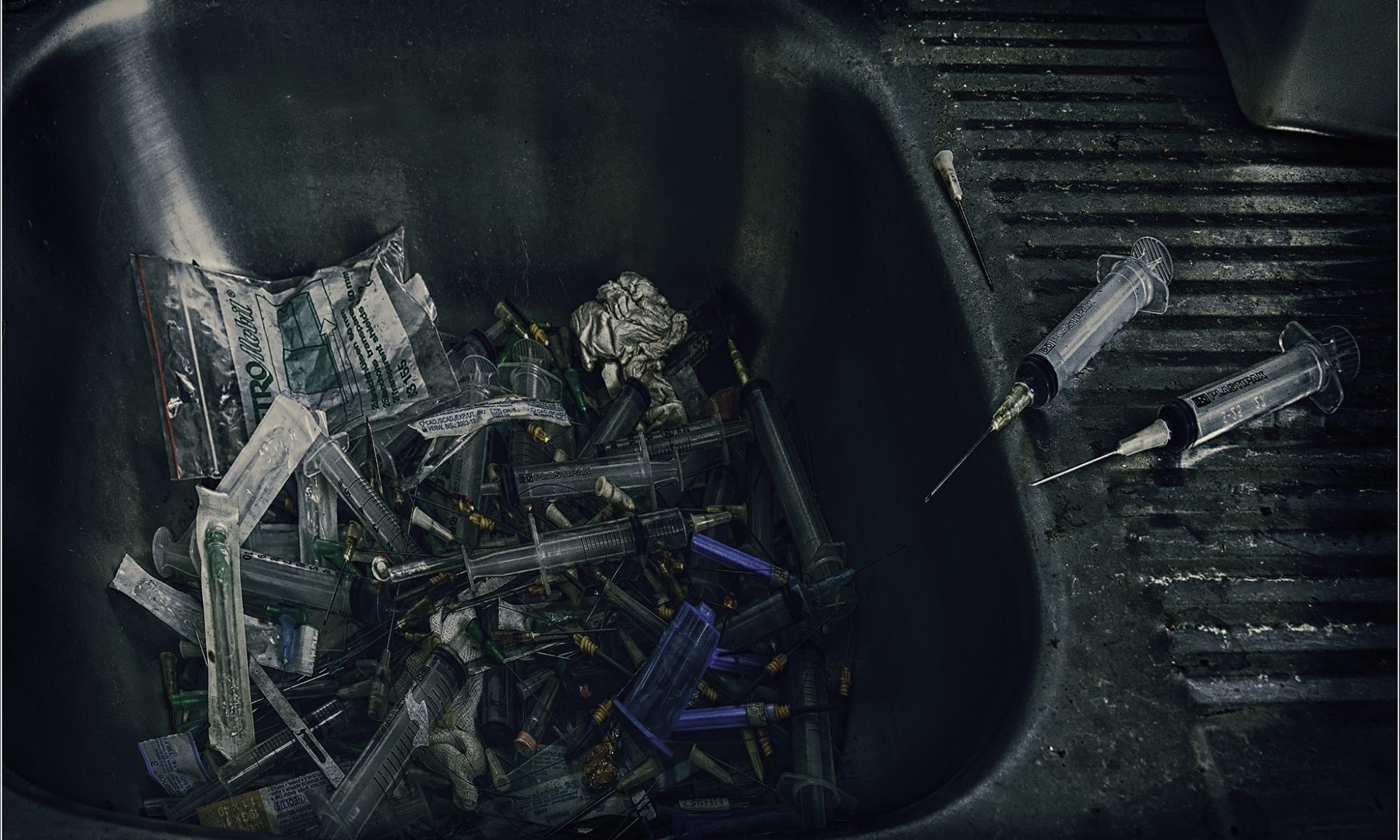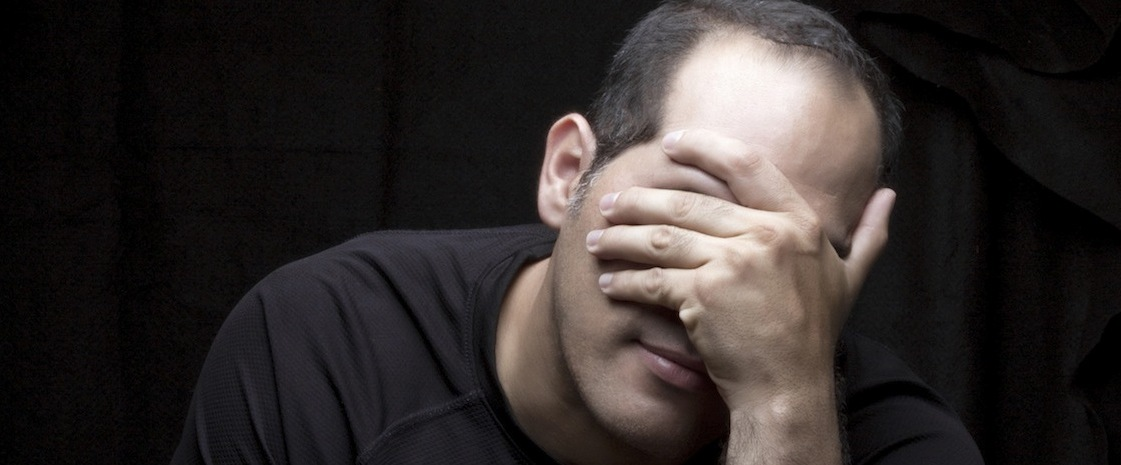The United States as a whole is facing a health crisis of epic proportions. More and more Americans are becoming addicted to – and dying from – opioids. Not one American state goes unscathed. Arizona, in particular, has slowly taken a big hit over the last decade. The opioid epidemic in Arizona now claims the lives of two people each day. The state has begun to collect data regarding opioid abuse. And recently, Blue Cross Blue Shield invested $10 million to reduce opiate misuse. But despite the efforts, many Arizonans are still misinformed about the state-wide epidemic. To help, we’ll explore everything about Arizona’s opioid crisis in this article.
Let’s begin!
When Did the Opioid Epidemic Begin?
The opiate epidemic is a recent phenomenon that has slowly been in the works since the 1990’s. But the presence of opiates in the United States dates as far back as the country’s foundation.
Early History of Opiates in the United States
It’s believed that opium first came over along with the pilgrims aboard the Mayflower. Back then, people used the opium poppy for the same reasons that doctors prescribe them today. Opiates have long treated pain, diarrhea, coughing, and also works as a sedative.
 By the 19th century, Americans used opium to treat a wide range of medical issues. Doctors prescribed morphine to dying patients suffering from cancer.
By the 19th century, Americans used opium to treat a wide range of medical issues. Doctors prescribed morphine to dying patients suffering from cancer.
Medics also used morphine as an anesthetic. It’s probable that medics administered morphine during the Mexican-American War. It’s also likely that physicians who settled in Arizona brought over opiates. Patented medications for teething and menstrual cramps began to contain opium. After the Civil War, the pharmaceutical company, Bayer, introduced heroin on the national market. Following this, heroin became widely used as a medicine into the early 20th century.
20th Century Stigmatization
In the early 1900’s, the federal government outlawed opiates in all its forms. Doctors could only prescribe them in medically necessary situations.
But even so, physicians during this time were vastly limited when it came to prescribing them. They were also limited when it came to treating opiate addiction. Despite all this, drug abuse continued to increase across the United States. During Prohibition, opiate users were further stigmatized. The concept of “junkie” came into being during this time.
The Rise of Prescription Painkillers
 American physicians continued to fight for the right to prescribe opiates. Soon after, the federal government began to recognize the medical value of opiates. By the 1960’s, Hydrocodone, Oxycodone, and other synthetic opiates came into being. Recreational opiate and heroin use skyrocketed during this time. Fears of prescribing opiates arose once again.
American physicians continued to fight for the right to prescribe opiates. Soon after, the federal government began to recognize the medical value of opiates. By the 1960’s, Hydrocodone, Oxycodone, and other synthetic opiates came into being. Recreational opiate and heroin use skyrocketed during this time. Fears of prescribing opiates arose once again.
But despite all this, the prescription painkiller market surged – and continues to. Even though opiate addiction is now at an all-time high, it’s a problem that our nation has faced for over a century.
Why & How Did the Opioid Epidemic Happen?
Medicine and science have never been as advanced as it is today. We understand how to treat many diseases and conditions a lot better than we used to. However, our understanding of how to treat pain is still extremely weak. And to a large extent, the opioid crisis that our nation and the state of Arizona faces results from this.
Doctors Don’t Understand Pain Treatment & Management
It’s estimated that 100 million Americans live with chronic pain.
With such a big number as this, physicians would seem to have a better understanding of treatment. But that is, unfortunately, not the case.
 Doctors only receive about 9 hours of education about pain over the course of medical school. To make matters worse, the federal government doesn’t adequately fund pain research. In fact, the National Institutes of Health only spend 1% of its budget ($358 million) per year on pain research.
Doctors only receive about 9 hours of education about pain over the course of medical school. To make matters worse, the federal government doesn’t adequately fund pain research. In fact, the National Institutes of Health only spend 1% of its budget ($358 million) per year on pain research.
Many doctors don’t understand how addictive opiates can be. They don’t understand how to wean their patients off them. Many patients wind up misusing their prescriptions, becoming addicted as a result.
Do Physicians Over-Prescribe Opiates?
It was once believed that American physicians under-prescribed opiates for pain treatment. Because of widespread stigmas against opiates, many doctors continue to fear to prescribe them. But that’s not to say that physicians aren’t over-prescribing them, either.
Many Americans in need of relief don’t have enough access to painkillers. Only about 5% of chronic pain patients have prescriptions for painkillers. But to a larger extent, Americans may have too much access to prescription opiates.
It’s known that some pharmaceutical companies have vigorous lobbying and marketing campaigns. Physicians are often the target of these marketing ploys.
In 2016, doctors prescribed 431 million painkillers. This was enough for every Arizonan to have a 2.5 week supply.
And again, many doctors don’t understand how to adequately treat patients with opiates. As of 2016, more than 70% of overdose fatalities occurred among patients who became addicted while treating their chronic pain. In Arizona, 4 out of 5 new heroin users start because of prescription painkiller misuse.
Health Insurance Doesn’t Cover Alternative Medicine
The opioid overdose epidemic has caused many pain patients to turn to other forms of therapy.
We’ve all heard of physical therapy and alternative therapy, like acupuncture and chiropractic. These forms of therapy yield great results in the treatment and management of pain. But many people suffering in pain are unable to afford them.
Certain health insurance policies may cover acupuncture, biofeedback, massage therapy, and chiropractic care. But as of 2007, Americans spent $33.9 billion out-of-pocket for alternative medicine.
This figure is likely much higher today. With high health insurance premiums, many Americans are unable to afford alternative medicine. In Arizona, 17% of residents are still uninsured as rates continue to increase for the insured.
Heroin as a Cheap and Dangerous Substitute
Millions of Americans not only suffer from chronic pain. Many of them are unable to obtain and afford adequate treatment. And many who take prescription painkillers find themselves prone to addiction.
As a result of these factors, many people have turned to heroin for relief.
Heroin and prescription painkillers are all derived from opium. Heroin is specifically derived from morphine while painkillers come from codeine. Despite the slight variations, heroin has the same – if not, a more powerful – effect as painkillers.
Heroin is not only a substitute for painkillers. It’s cheaper and easier to obtain.
In fact, a bag of heroin costs less than a pack of cigarettes. This means that in Arizona, a bag of heroin can cost anywhere from $5-$8.
Most heroin in the United States comes from Mexico. With Arizona right on the Mexican border, heroin is readily available on the streets.
Opioid and prescription overdoses in Arizona have increased in the last few years. But since 2016, heroin overdoses have tripled in Arizona.
Where Are Overdoses Occurring in Arizona?

Opiate overdoses have occurred in both urban and rural Arizona. But some areas are more ravaged by overdoses than others.
A concentration of overdoses has occurred all over the Phoenix metropolitan area. The northeast parts of the Tucson metropolitan area has also experienced many.
The cities of Buckeye, Flagstaff, and Kingman – and all surrounding areas – have also had high overdoses.
Fighting the Opioid Epidemic in Arizona
The opioid crisis has been in the making to become an epidemic since the 19th century. American physicians continue to prescribe painkillers without a firm understanding of them. Nor does the medical community understand how to provide adequate pain treatment.
With rising healthcare costs, many people addicted to painkillers are turning to heroin.
Many Arizonans wonder what is being done to address the opioid epidemic in Arizona. Here’s how the state is fighting the epidemic as of now.
Naloxone
In 2017, Arizona Governor Doug Ducey declared opioid overdoses a public health emergency. Since then, the state has integrated Naloxone as part of its efforts to combat the opioid crisis.
Slow breathing occurs with opiate use. But when someone overdoses, their breathing can stop altogether. It can also be near impossible to wake someone up while they’re overdosing.
Naloxone, otherwise known by its brand name, Narcan, is a narcotic blocker. When administered, it reverses the effects of opioids. It comes in the form of injections and nasal sprays.
The state of Arizona has trained emergency personnel on how to administer Narcan. Recently, Narcan became available at CVS stores across Arizona.
Narcan is by no means a cure for the opiate epidemic. However, it is an antidote that is saving more lives every day across the United States.
Arizona Opioid Emergency Action Plan
Since the declaration of Arizona’s opioid crisis, opioid overdose cases have decreased.
Statewide overdoses began to decrease after the implementation of new prescription guidelines. This decreasing trend also coincided with the state’s surveillance reporting system.
The Opioid Action Plan came into enactment in September 2017. The action plan aims to increase patient and public awareness as prevention methods. The plan also improves prescription practices and access to treatment facilities.
The Arizona Opioid Epidemic Act took effect in April 2018. This law enforces limitations on prescription opioids.
Under this law, physicians can no longer dispense prescriptions themselves. Physicians who prescribe opiates must take routine education courses on opioids. Pharmacies are also required to check into the Controlled Substances Prescription Monitoring Program.
Seeking Help for Opioid Addiction
Huge strides in the fight against opioid addiction have occurred in Arizona. But the opioid epidemic in Arizona is still alive and well, much like it is in the rest of the United States.
Still, there is hope for the future of Arizonans affected by opiate addiction.
Do you or someone you know suffer from heroin or painkiller addiction? A healthier and sober future is possible, and the Best Rehabs In Arizona is here to help.
To learn more about how we can help you at our Scottsdale, AZ facility, contact us today!




